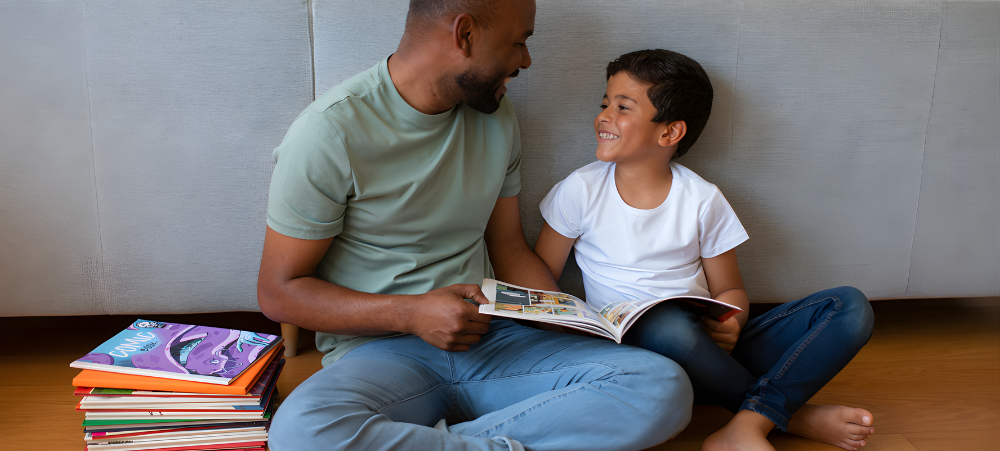What are the benefits of sensory play?
Sensory activities engage a little one’s senses and as such are an excellent addition to any classroom or home environment. Children explore the world by means of their senses, providing them with sensory outlets can help them better understand their world.
Research has shown that engaging in sensory play helps support the development of nerve connections in a child’s brain, which enables them to complete complex learning tasks.
Sensory activities enhance both gross motor and fine motor skills, and aid in the development of language, problem-solving and social skills. They also support your little one’s ability to retain information.
By engaging little ones in sensory activities, we provide them with a self-regulation technique, which can be used to soothe and calm an anxious, upset or frustrated little one.
Sensory activities for a calm classroom:
At Capriccio! Arts Powered Pre-school we have incorporated aspects of the Waldorf philosophy into our approach and recognize the value of sensorial activities in the classroom. We have especially seen the benefits of including sensory activities to help calm and soothe little ones. Our favourite, must-have sensory items in each of our classrooms are:
- Calming Jars/Bottles: a small to medium sized bottle (secure lid firmly with child-friendly glue) filled with water, some baby oil, glitter, tiny, shiny bits and bobs and a drop of food colouring. These jars are wonderful self-regulating items for children who are feeling anxious or upset. Watching the glitter fall captures the little one’s attention and helps ground them. The repetitive motion of shaking the jar and watching the glitter fall has been shown to slow heart rate and respiration in anxious children, leaving them feeling calm and centred.
- Rice Bucket: medium sized container filled with raw rice and small items that little ones can discover in the rice. These fun discovery buckets are excellent for improving fine motor skills as children are encouraged to scoop, pour, and sift through the rice to find mystery items. Not only does the rice feel cool and soft when little ones run their hands through the bucket, but it makes a lovely soothing sound. Adding rice granules of a different colour (use food colouring to colour the rice and dry the rice properly beforehand) creates an exciting rainbow effect that is a great way to further engage the senses. (Rice buckets are to be used only under adult supervision, due to a choking risk in small children.)
- Calming Corner: a quiet area in the classroom with soft and soothing furniture and materials, such as fluffy pillows, peaceful-looking stuffed animals and a soft blanket. This calming area gives the little ones a safe space to cool down and regroup. Calming corners help prevent negative behaviour as they can be used to deescalate stressful situations and serve as an escape from frustrating or over-stimulating activities. Adding different textures to the area further enhances their sensory experience.
- Music: Teachers continually monitor our little ones collective energy level in the classroom, as research has proven that children are most receptive to learning when they are in the calm-alert state. Calm, soothing music such as lullabies or peaceful classical music can work wonders to gently help overstimulated children return to a calmer state. Similarly, happy nursery rhymes and theme-related action songs can assist to kickstart sagging energy levels, restoring the emotional balance in the classroom. The additional benefit of movement releases serotonin, shifts their attention and refreshes the little ones’ focus.

- The Value of Performance Arts in Healthy Child Development - April 5, 2019
- Values in the Classroom - February 7, 2019
- Global Trends of Education Influencing Education of the Future - December 12, 2018





